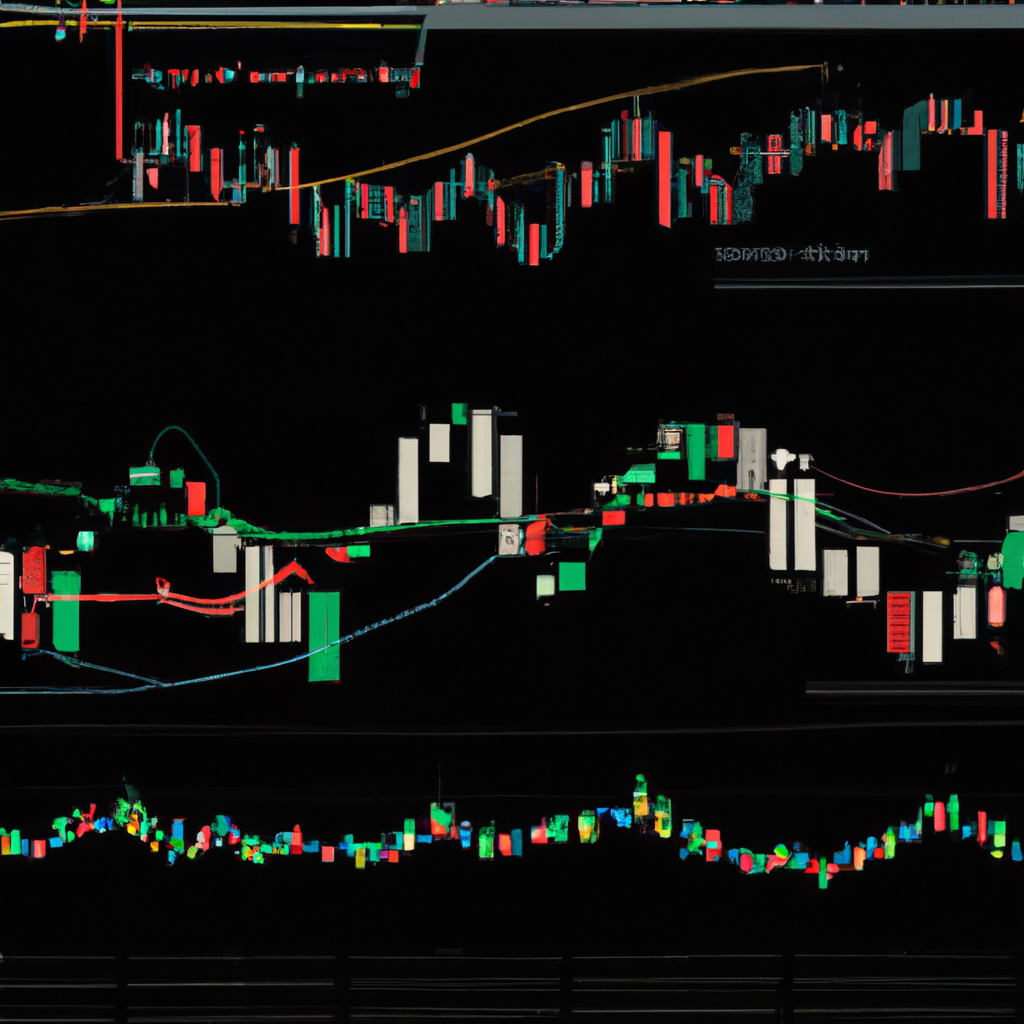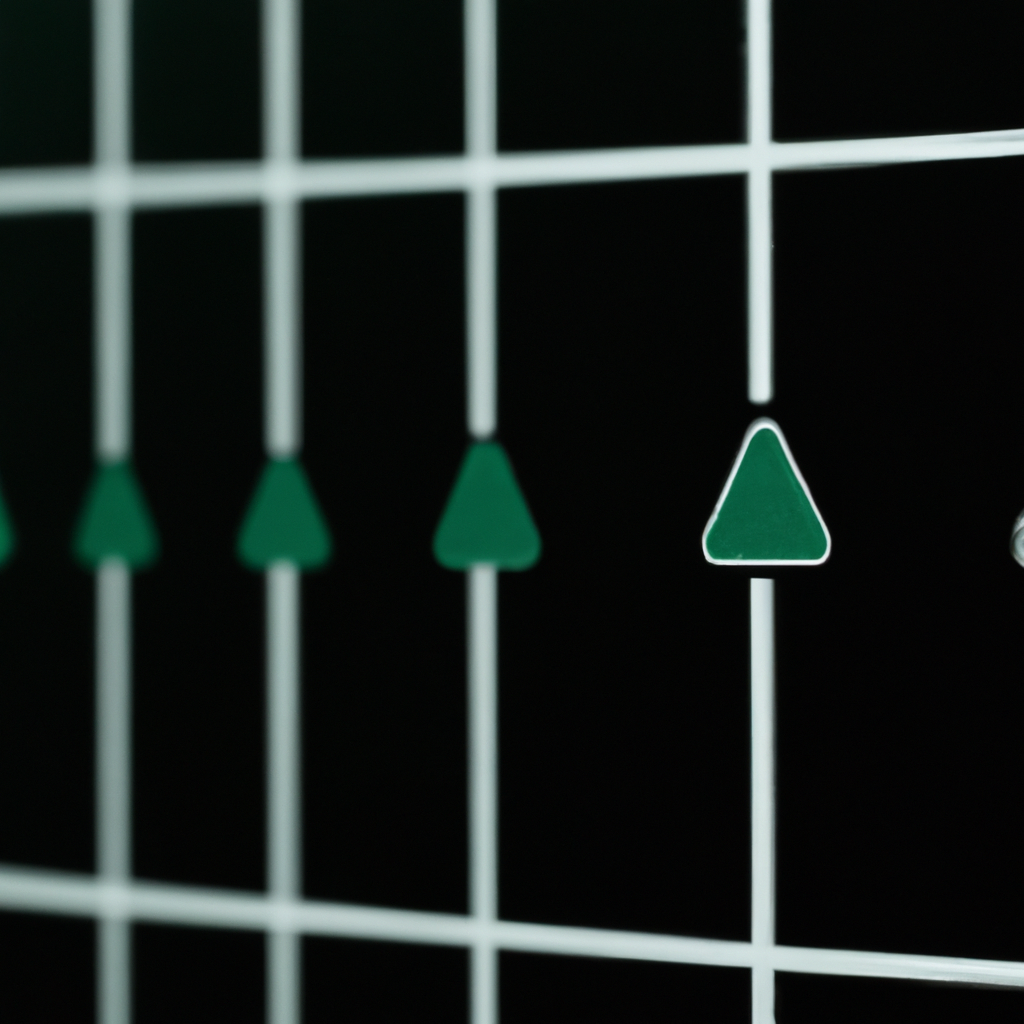Trading with MACD Crossovers: A Powerful Technical Analysis Tool
Introduction
When it comes to technical analysis, traders have a wide range of tools at their disposal to help make informed trading decisions. One such tool is the Moving Average Convergence Divergence (MACD) indicator, which is widely used by traders to identify potential trend reversals and generate buy or sell signals.
Understanding MACD
The MACD indicator consists of two lines – the MACD line and the signal line – as well as a histogram. The MACD line is calculated by subtracting the 26-day Exponential Moving Average (EMA) from the 12-day EMA, while the signal line is a 9-day EMA of the MACD line. The histogram represents the difference between the MACD line and the signal line.
MACD Crossovers
One of the most popular ways to use the MACD indicator is by identifying crossovers between the MACD line and the signal line. A bullish crossover occurs when the MACD line crosses above the signal line, indicating a potential buying opportunity. Conversely, a bearish crossover occurs when the MACD line crosses below the signal line, suggesting a potential selling opportunity.
Using MACD Crossovers in Trading
Here are the steps to effectively use MACD crossovers in your trading strategy:
Step 1: Identify the Trend
Before considering any MACD crossover signals, it is essential to determine the overall trend of the market. This can be done by analyzing price action, trend lines, or other indicators. Trading in the direction of the trend generally increases the probability of successful trades.
Step 2: Spot MACD Crossovers
Keep a close eye on the MACD indicator and watch for crossovers between the MACD line and the signal line. These crossovers are often marked by changes in color or shape on charting platforms, making them easily identifiable.
Step 3: Confirm with Other Indicators
While MACD crossovers can provide valuable trading signals, it is always wise to confirm them with other indicators or chart patterns. This can help filter out false signals and increase the reliability of your trades. Common confirmation tools include trendlines, support and resistance levels, or other technical indicators like the Relative Strength Index (RSI).
Step 4: Execute Your Trade
Once you have identified a confirmed MACD crossover signal, it’s time to execute your trade. If you receive a bullish crossover signal, consider opening a long position or buying the asset. Conversely, if a bearish crossover occurs, you may want to consider opening a short position or selling the asset.
Step 5: Set Stop Loss and Take Profit Levels
To manage your risk effectively, it is crucial to set appropriate stop loss and take profit levels. These levels should be based on your risk tolerance, the volatility of the asset, and other factors. Stop loss orders can help limit potential losses, while take profit orders allow you to secure profits when the market moves in your favor.
Conclusion
Trading with MACD crossovers can be a powerful tool in a trader’s arsenal. By identifying potential trend reversals and generating buy or sell signals, the MACD indicator can help traders make informed trading decisions. However, it is important to remember that no indicator is foolproof, and combining MACD crossovers with other technical analysis tools can further enhance your trading strategy.



